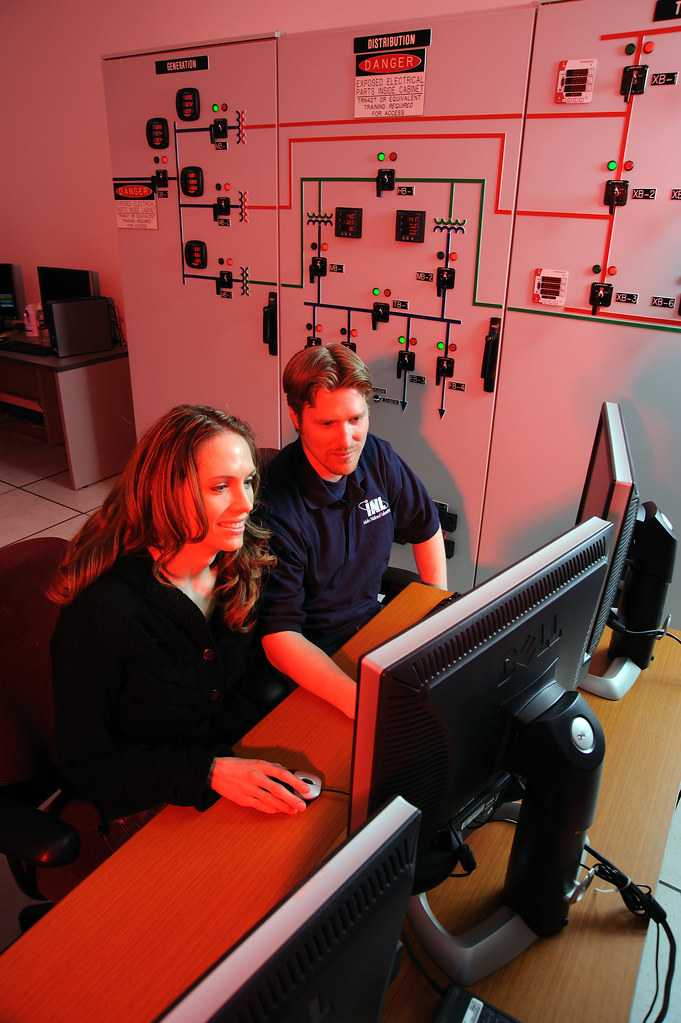“Successful companies have leveraged the knowledge and experience of leading automation companies in implementing smart plant projects to consistently deliver quantifiable business results measurable in real-time, predict asset performance, avoid surprises, and reduce risks to life, plant, and environment.”

So says a recent article published at Flow Control Magazine. Companies around the globe are harnessing the new opportunities provided by smart technology. As these advances become cheaper and cheaper to implement and their benefits ever more evident, it’s often a no-brainer for a business to update their site assets.
Serious issues can plague a plant that operates on outdated machines. With a limited ability to measure critical data and make predictions, businesses either plan downtime, sometimes when it’s not needed, or have unexpected issues that require downtime.
Downtime, the dirtiest D-word in the automation world, can be dramatically reduced with a system that collects historical data, measures critical aspects of the architecture and predicts any future issues. When known ahead of time, some problems can be handled with now downtime at all. In this way, the plant staff acts in a predicative and proactive role, addressing problems before they cause any harm.
If you are wondering just how affordable all this technology is, consider the fact that many of Synergy’s solutions have an ROI of a year or less. It is said that an iPhone has more advanced technology than what we used to land on the moon. Process control systems have enjoyed the same rapid advancement. What used to cost an outrageous amount of money, is now simple and can achieve more with a significantly lower initial investment

